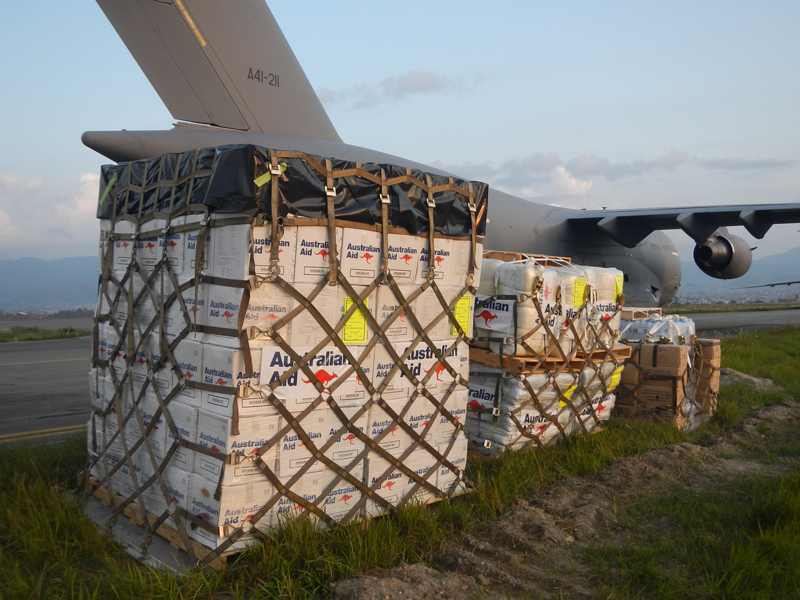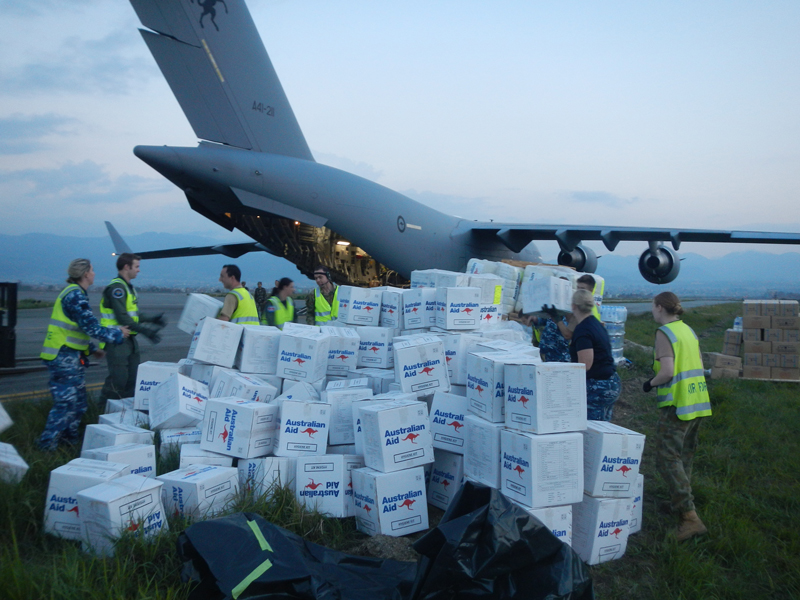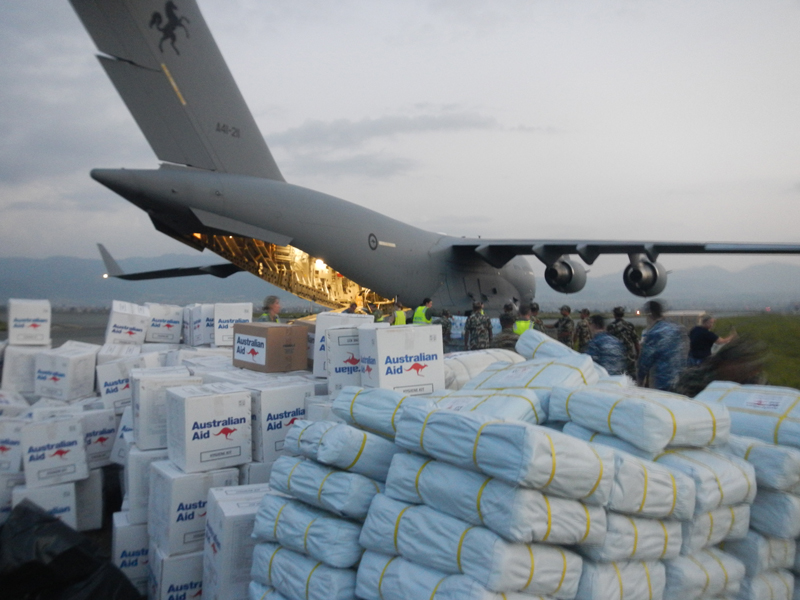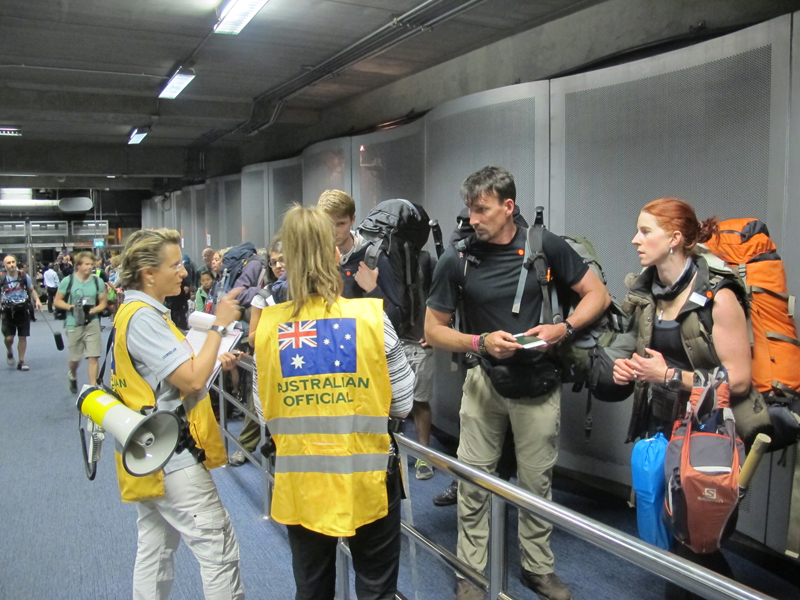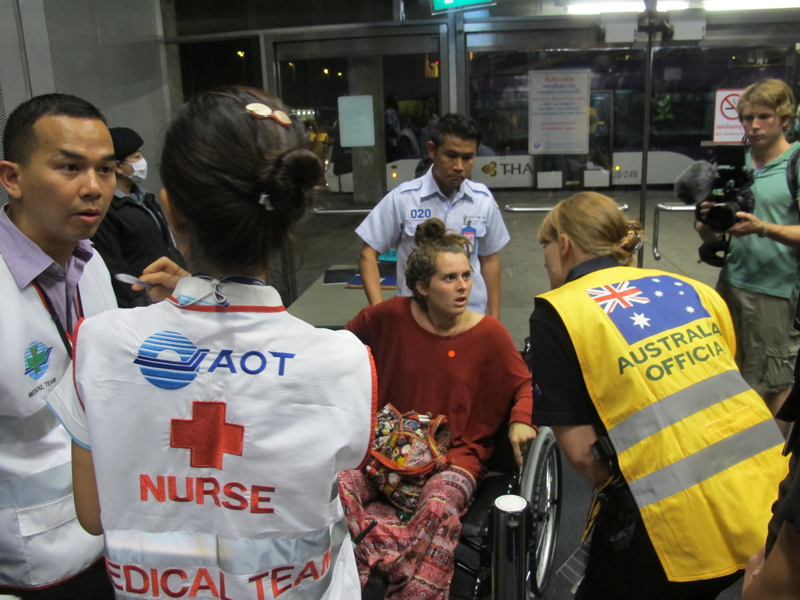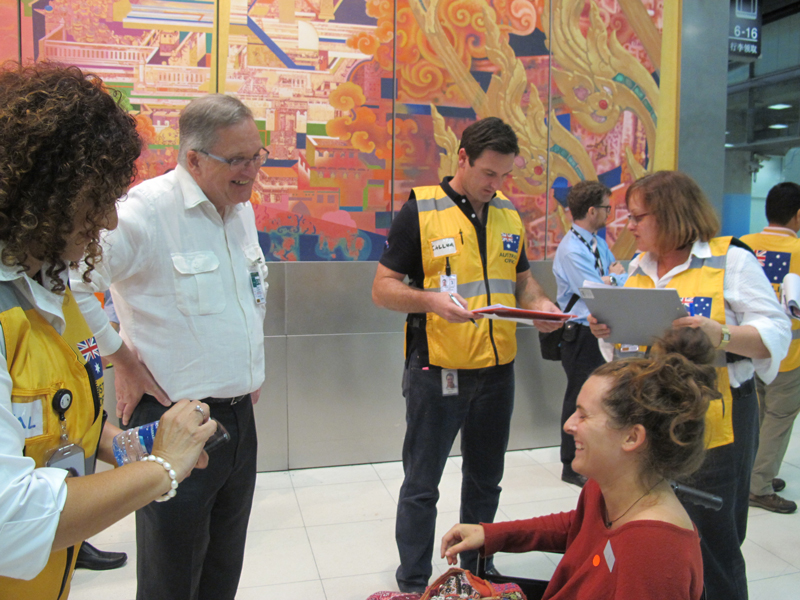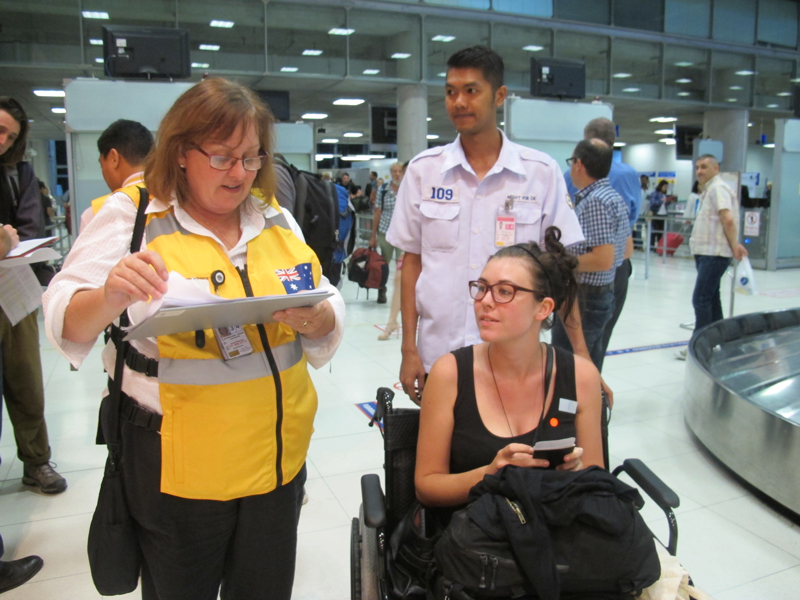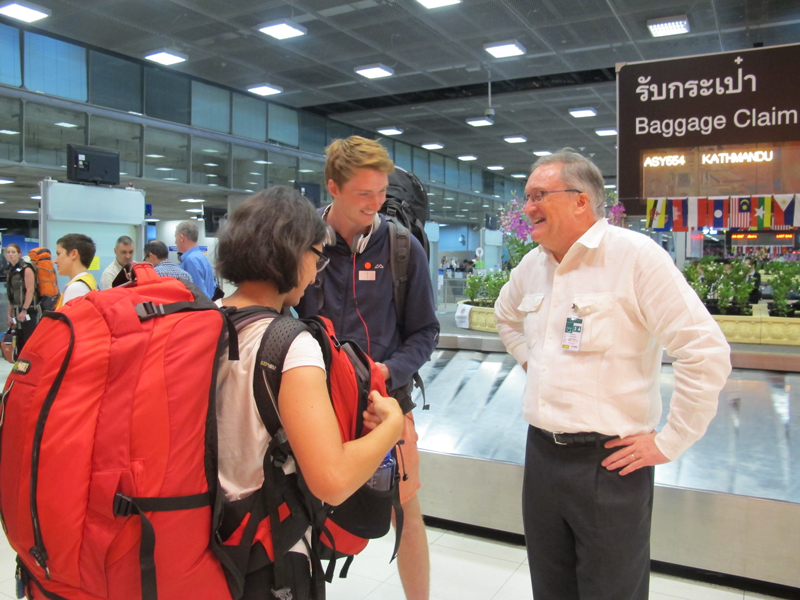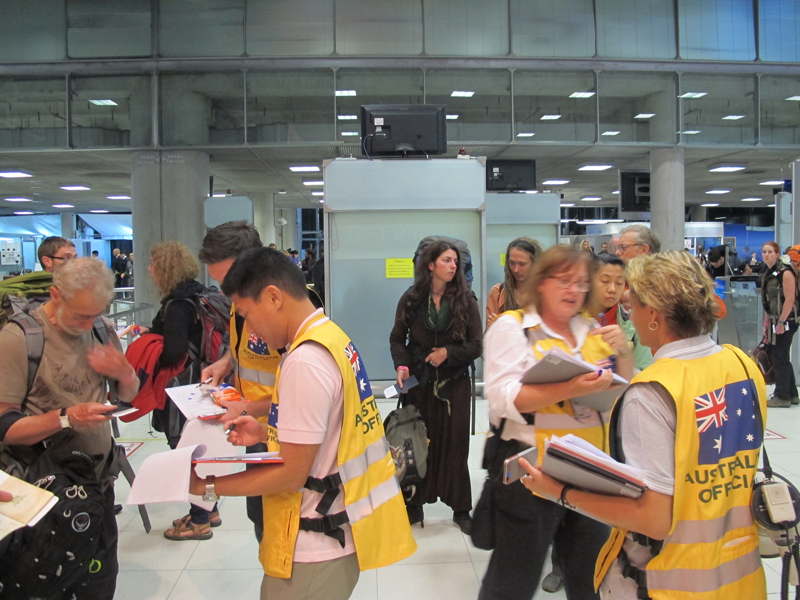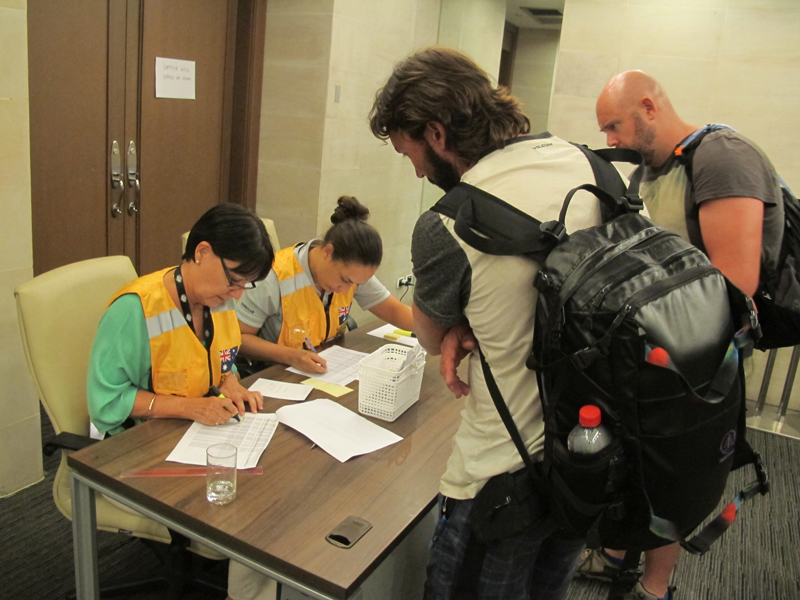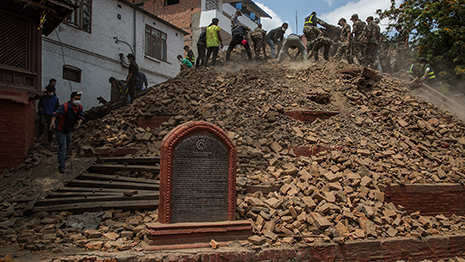On 25 April, an earthquake measuring 7.8 struck Nepal near Lamjung north-west of Kathmandu, followed by a 7.3 earthquake on 12 May between Sindhupalchowk and Dolakha districts north-east of Kathmandu. Both earthquakes were followed by multiple aftershocks and landslides with Kathmandu, Gorkha, Lamjung, Sinhupalchowk, Langtang and Everest Base Camp amongst the worst affected areas.
In total, 8,219 people were killed and 20,063 injured by the two earthquakes and resulting landslides. Critical infrastructure was damaged and destroyed, including schools, hospitals and roads with around 409,000 homes destroyed and 265,000 damaged. The DFAT Crisis Centre was operational from 28 April to 1 May. The Department deployed 22 DFAT officers to assist the response including six humanitarian officers to coordinate Australia's humanitarian assistance and 12 consular officers to provide assistance to Australians in Kathmandu, Lukla, Pokhora and the Langtang region.
Australian Government Response
Humanitarian assistance
The Australian Government provided more than $20 million in assistance to Nepal, including:
- More than $10 million in immediate humanitarian relief, announced on 26 April and 1 May
- $10 million for recovery and reconstruction.
Consular assistance
The departmental Emergency Call Unit (ECU) was activated on 26 April in response to the large volume of calls being received by the Consular Emergency Centre. Over the next 72 hours the ECU received in excess of 2,400 calls.
The Australian Embassy in Nepal provided immediate assistance to Australians and confirmed the safety of 1,525 Australians and permanent residents.
At the time of the first earthquake, there were 605 Australians registered on Smartraveller as being in Nepal.
On 30 April, the Australian Government also assisted 106 people, including 66 Australians, to depart Nepal by Australian Defence Force aircraft to Bangkok.
Travel advice
Australians in Nepal should see our travel advice for information on how to stay safe following the 25 April and 12 May earthquakes.
Donations
Australians who wish to donate to non-government organisations responding to the disaster should visit the Australia Council for International Development website for a comprehensive list of Australian NGOs.
Further updates
For the latest updates on Australia's support to and relationship with Nepal, please visit the Australian Embassy in Nepal website or the Embassy's Facebook page.
Media releases
- Foreign Minister: Supporting Nepal's Long-Term Recovery. 10 May 2015
- World Vision Australia: Australian aid agencies welcome $4m Federal grant for Nepal. 6 May 2015
- ACFID: Australians dig deep to help Nepal. 6 May 2015
- Foreign Minister: Additional humanitarian assistance to Nepal. 1 May 2015
- Foreign Minister: Assistance for Australians to depart Nepal. 28 April 2015
- Foreign Minister: Earthquake in Nepal. 26 April 2015


